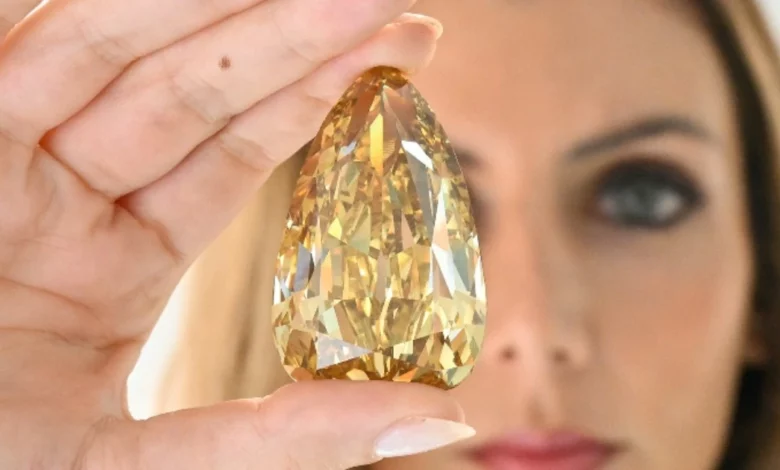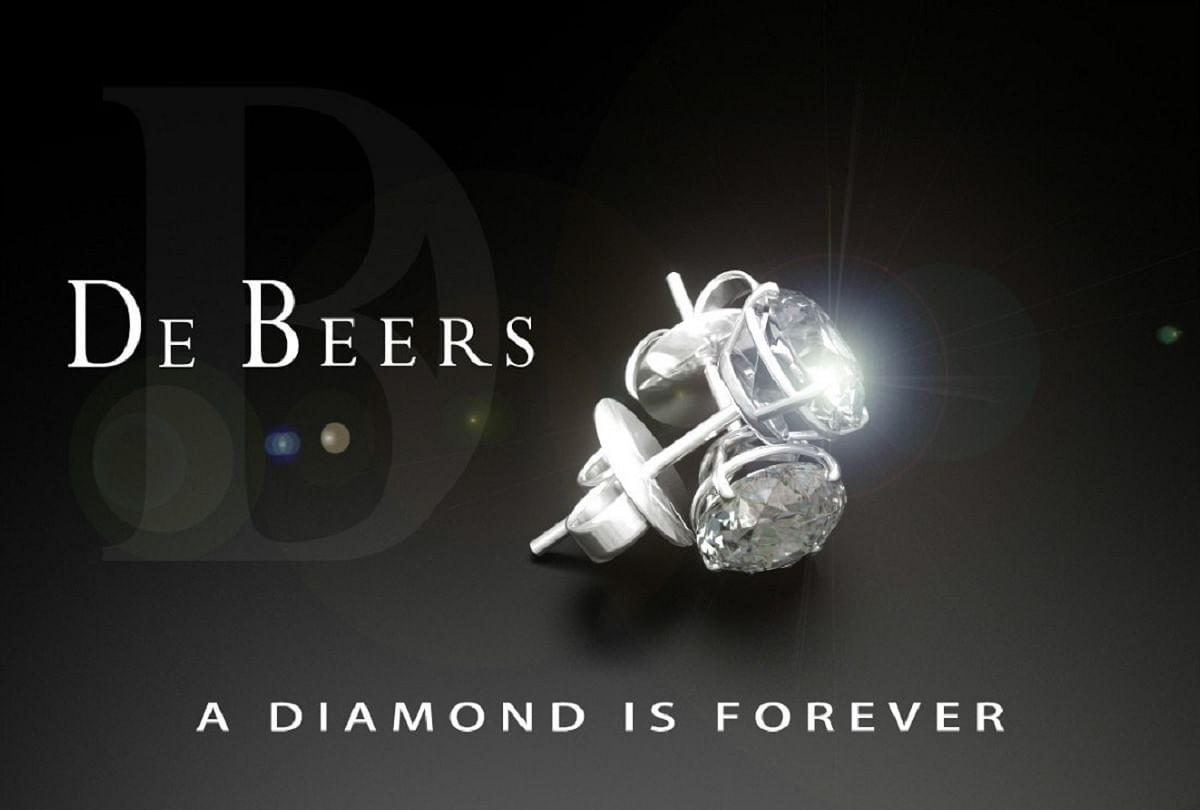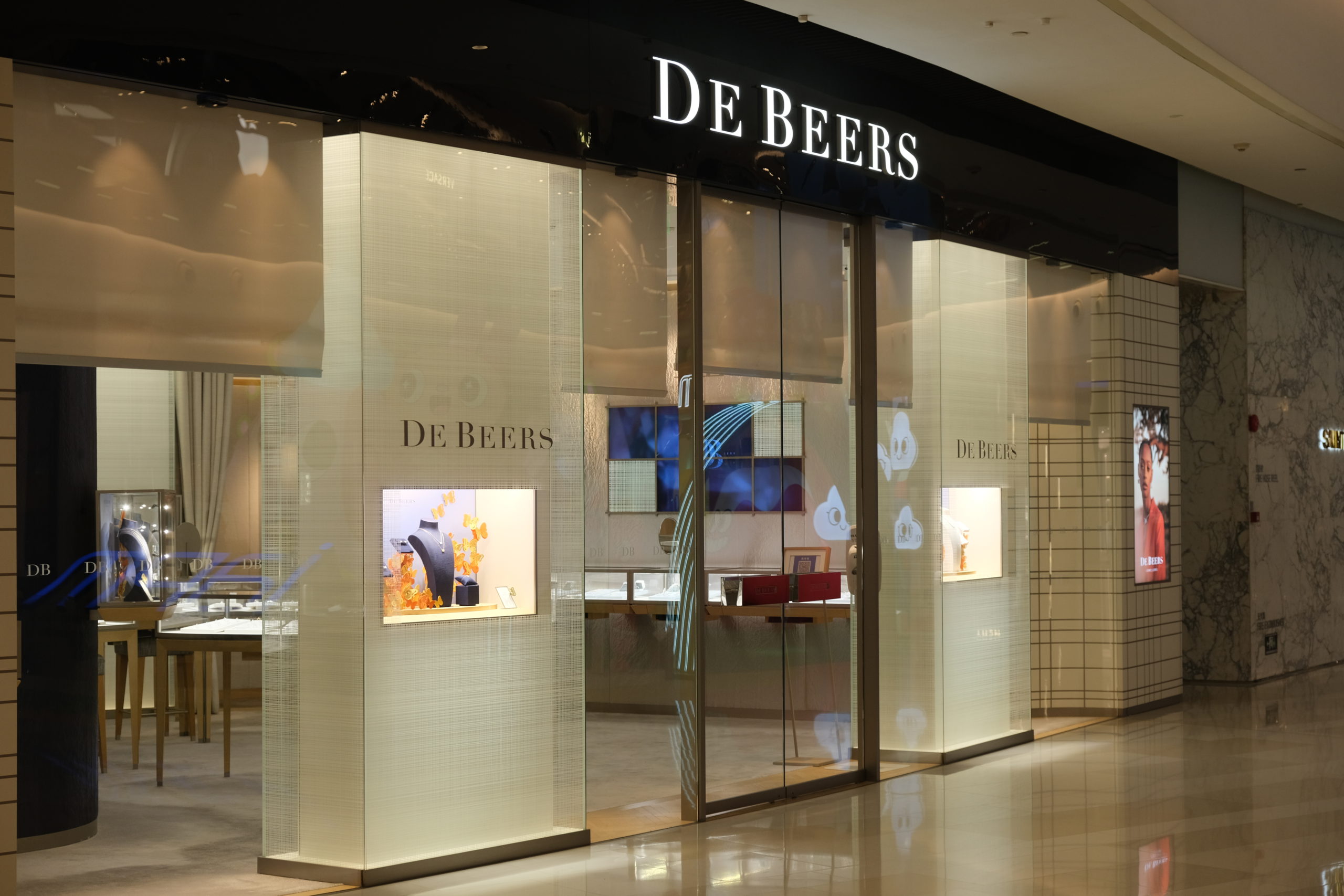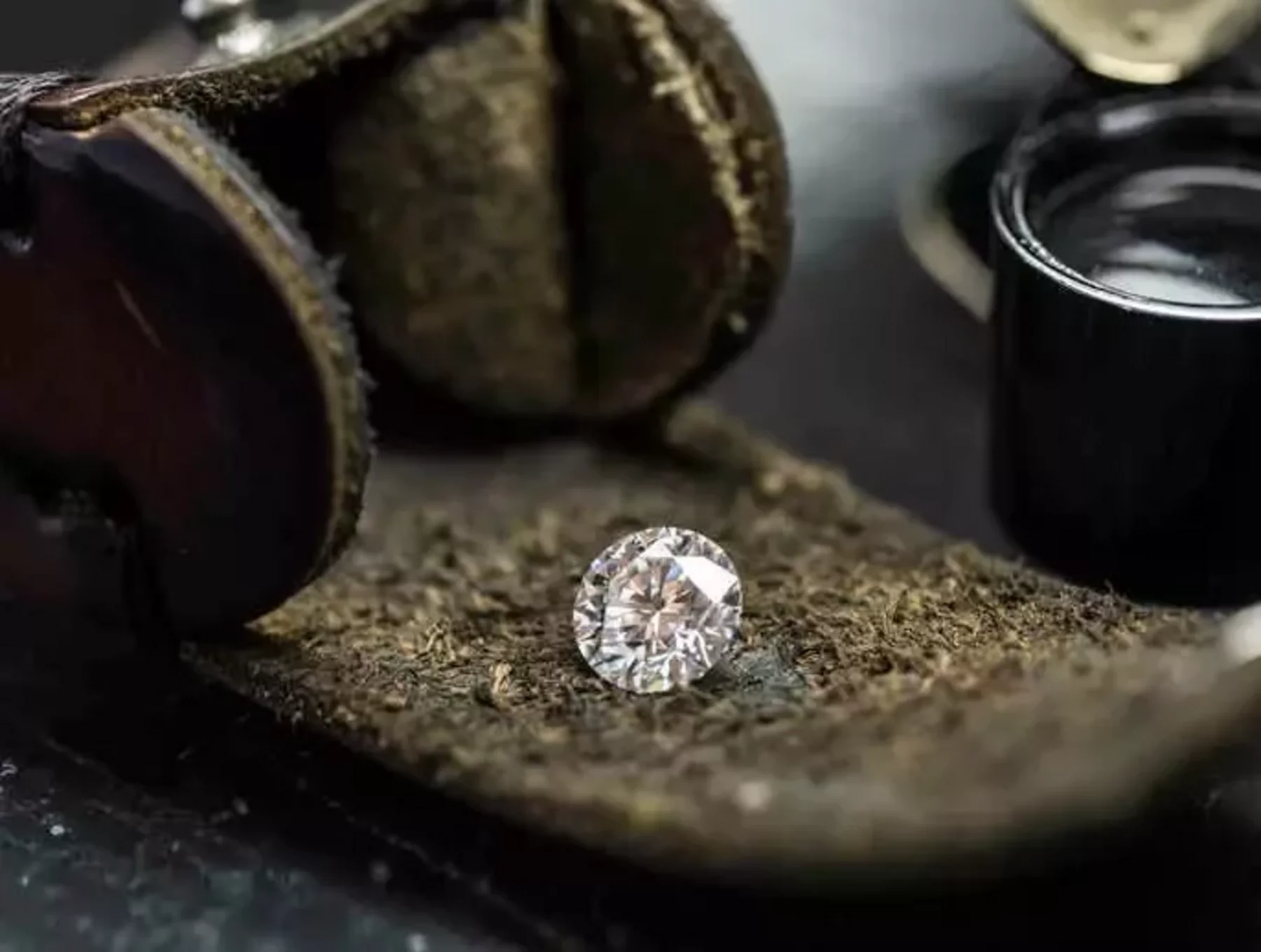
Diamonds are a woman’s best friend, or so we think!
If you have reached adulthood and looking to propose to your girlfriend or even enter the bonds of marriage, the customary tradition is to have that diamond ring ready!
Take any form of jewellery for women around the globe; if it has a diamond/s sitting royally, glittering in the light, big or small, it doesn’t matter – as long as it is a diamond!
Males, if they have the money to buy one or more, herald them as successful and more loving, and a sign of commitment to one’s love lady – well, this particular rite of passage requires one to spend most of one’s savings on a shiny piece of rock.
And this fad has been growing over the years and has almost become a ritual; instead, they could invest the money in assets that will compound over a while and someday become substantial savings.
But instead, one trades their money for a diamond ring, and the fact is that as soon as one leaves the jeweller with the shiny piece of rock, it loses more than 50% of its value.

The diamond fad is not just in the west, but India too has been witnessing a strong surge in sentiments towards diamonds as it has become customary to exchange diamond rings or jewellery while getting engaged or married.
Has anyone questioned since when have diamond/s become so important- a piece of rock that has become a significant part of our lives and customs?
Earlier, the Americans started exchanging diamond rings as part of the engagement process because De Beers, in 1938, decided they would like for the Americans too.
Before a stunningly successful marketing campaign in 1938, Americans occasionally exchanged engagement rings, but it wasn’t a ritual occurrence.
Diamonds Are So Rare?
Well, let us burst this myth that diamonds are rare because, as we will find out going further into this article, diamonds are nothing but the most extensive marketing invention of all time!
And the sole credit for this marketing gimmick goes to De Beers, the biggest name in the diamond market – it has, over time, carefully restricted the supply of diamonds to portray their rarity and hence has also effectively kept the prices of diamonds high.
Now let us ask the men who will probably agree to the fact that the societal obligation to produce a diamond engagement ring is both expensive and stressful.
However, this obligation came into existence and existed only because the company De Beers and many others like it stand to profit and hence willed it into reality.

Intrinsic Value Concept And Our Diamonds
Those who study finance will be familiar with the term intrinsic value. The value of an asset is driven by the discounted value of the future cash that the asset will generate.
Let us take a straightforward example when you buy a car, its value is the profit one gets either from renting it out or selling the vehicle at the end of its life, the “terminal value”.
Hence, a car can be termed an investment. When one buys a car, its value corresponds to its resale value unless one makes money from it somehow. Since a car is a depreciating asset, the value it loses over its lifetime is an actual expense you pay.
However, in the case of a diamond, it is a depreciating asset masquerading as an investment.
There is a common misconception that jewellery and precious metals are assets that can store value, appreciate, and hedge against inflation.
That’s partially true; gold and silver come under commodities that can be purchased on financial markets. These metals can appreciate and also hold value in times of inflation.
But with that concept in mind, the gold market is relatively liquid, and gold is fungible – you can trade one large piece of gold for ten small ones like you can a hundred Rupee bill for a ten-ten rupee bill. These characteristics of gold and silver make them a viable potential investment.
However, diamonds are not an investment, and their market is neither liquid nor fungible.

Can You Resell A Diamond?
The first test of a diamond as an investment is if you can resell it.
Edward Epstein, in a famous piece published by The Atlantic in 1982, explains why you can’t sell used diamonds for anything but peanuts:
Retail jewellers prefer not to buy back diamonds from customers (not talking about Tanisque, Tata’s have a conscience) because their offer would most likely be considered insanely low.
The “keystone,” or markup, on a diamond and its setting may range from 100 to 200 per cent, depending on the store’s policy; if it repurchased diamonds from customers, it would have to repurchase them at wholesale prices.
Most jewellers would prefer not to make a customer an offer that they might deem as insulting and also might expose the widely held notion that diamonds go up in value.
Further, since retailers typically receive their diamonds from wholesalers on consignment and need to pay for them when sold, they would not readily risk their own money to buy diamonds from customers.
Hence, the reality is that when you buy a diamond, you pay the retail price, which is a 100% – 200% markup.
If you want to resell it, you have to agree to pay less than wholesale to convince a diamond buyer to risk their own money on the purchase.
Considering that the diamonds have a significant markup will mean a substantial loss on your part; why?
Because individuals who buy retail and sell wholesale are bound to suffer losses.

Which Diamonds Are Investments?
Of all the diamonds in the market, few may be investment grade, but the chances are very few, even if you spent loads of cash on it.
The appraisers examine thousands of diamonds a month but rarely find a diamond of extraordinary quality. Almost all the diamonds they see are slightly flawed, off-colour, commercial-grade diamonds.
One of the biggest reasons for that is that when most of these diamonds were purchased, it was not the quality (the intrinsic value) but the size of the diamond that attracted them.
Further, the setting frequently conceals flaws, and the investment-grade diamond one reads about is rarely found in jewellery.
Diamond professionals use the 4 C’s when classifying and pricing diamonds: carats, colour, cut, and clarity. Due to the complexity of these four dimensions, it takes a lot of work to make apples-to-apples comparisons between diamonds.
So let’s be very clear, a diamond is not an investment. You might want one because it looks pretty or its status symbol to have a “massive rock”, but not because it will store value or appreciate in value.
But among gold and silver, rubies and emeralds – why do people want diamond engagement rings in the first place?
Men were the key to the market.
Since it is young men who buy almost 90% of all engagement rings, it would be crucial to inculcate in them the idea that diamonds are a gift of love. Hence, the larger and finer the diamond, the greater the expression of love.
Going by the same logic, young women had to be encouraged to view diamonds as an integral part of any romantic courtship.
However, there was a dilemma. Many intelligent and prosperous women didn’t want diamond engagement rings and wanted to be different.
While the lower-income groups would like to show more for the money than they can find in the diamond they can afford.
Hence, the need to sell a product that people either did not want or could not afford.
The solution given would haunt us for generations, and De Beers’ advisors advised that De Beers market diamonds as a status symbol – promote the diamond as one material object which can reflect, in a very personal way, a man’s success in life.
Hence, the next time you look at a diamond, consider this – a bunch of rich white men in the 1940s convinced everyone that its size determines your self-worth, thereby creating this tradition – that unless a man purchases a diamond, his life is a failure.
With this new insight, thus began marketing diamonds as a mark of status and love – Movie idols, the ideals of romance for the mass audience, would be given diamonds to use as their symbols of imperishable love.
In addition, the agency suggested offering stories and society photographs to selected magazines and newspapers, which would reinforce the connection between diamonds and romance.
Stories would highlight the size of diamonds that celebrities presented to their loved ones, and photographs would invariably show the glittering stone on the hand of a well-known woman.
Today, ask any woman, and they will tell you they want a diamond ring when they get engaged.

Diamonds Are Not Rare
It is true that before 1870, diamonds were scarce, and they generally ended up in a crown of a Maharaja or a royal necklace.
However, in 1870, immense deposits of diamonds were found in Kimberley, South Africa.
As diamonds began to flood the market, the backers of the mines realized they were making their products worthless.
As they mined more and more diamonds, they became less scarce, and their price dropped.
One individual, Cecil Rhodes, prevented the diamond market from bottoming out – he began buying up mines to control the output and keep the price of diamonds high.
Rhodes, by 1888 controlled the entire South African diamond supply and essentially the entire world supply. One of the companies he acquired was named after its founders, the De Beers brothers.
Building a diamond monopoly is challenging; it requires a balance of ruthlessly punishing and cooperating with competitors and a long-term view.
In 1902, a massive mine in South Africa was found that contained as many diamonds as all of De Beers’ mines combined.
The owners initially refused to join the De Beers cartel, although, after three years, they did join; the new owner Ernest Oppenheimer recognized that a competitive diamond market would be catastrophic for the diamond industry.
As common sense tells us that the only way to boost the value of any product is to make them scarce, that is, to reduce its production.
Here’s how De Beers has controlled the diamond supply chain for most of the last century. De Beers owns most of the diamond mines.
For most of the 20th century, this system controlled 90% of the diamond trade and was solely responsible for the inflated price of diamonds.
In 2000, De Beers announced they were relinquishing their monopoly on the diamond business. They even settled a US Antitrust lawsuit related to price-fixing industrial diamonds to $10 million.
De Beers’ hold on the industry supply chain is less intense today. And yet, prices continue to rise as new deposits have not been found recently, and demand for diamonds is increasing in India and China.
Conclusion
We want diamonds for a simple reason. The company, De Beers, which stands to profit from diamond sales, decided that mankind should.
De Beers’ marketing campaign made diamonds the measure of one’s success in America. Although there is a lack of inherent value, the company painted an image of diamonds as a status symbol. And in order to keep the price of diamonds high in an abundance of new diamond finds, De Beers was able to crack the most effective monopoly of this century.
Diamonds are not rare; they make a terrible investment and are purely valuable as a status symbol.




